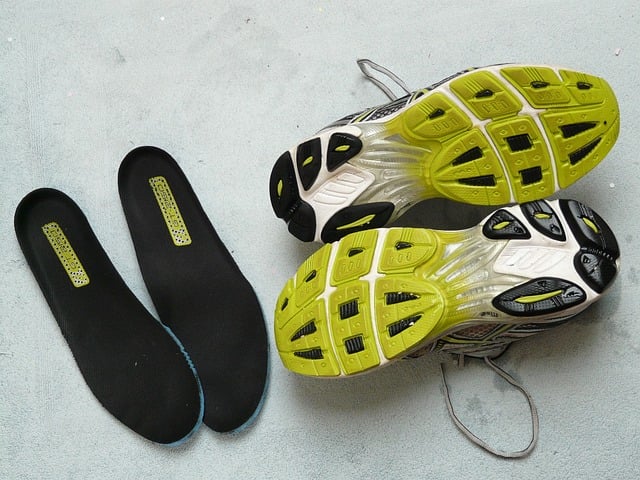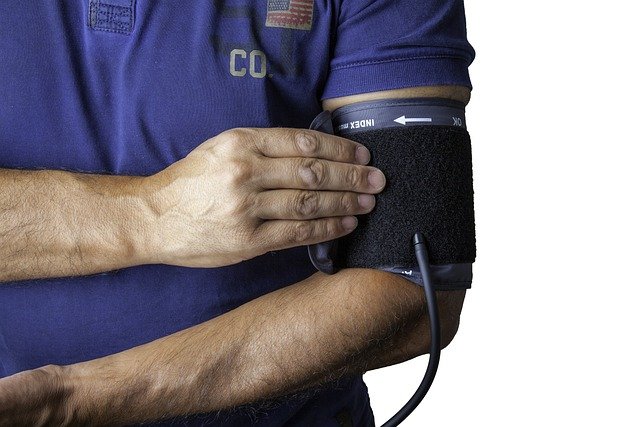How to Choose Sneakers for Everyday Wear and Arch Support
Finding the right pair of sneakers combines comfort, function, and personal style. Whether you need a dependable shoe for daily errands, commuting, or light exercise, understanding features such as arch support, cushioning, and fit can make a significant difference in long-term comfort. This guide breaks down what to look for in sneakers and how to evaluate materials, fit, and care to get the most from your footwear.

What to look for in sneakers for arch support
Arch support helps distribute pressure across the foot and can reduce strain during prolonged standing or walking. Look for midsoles with structured support or removable insoles that accept aftermarket orthotics if you have specific arch needs. Stability features often appear in the midfoot and heel area; a firmer midsole material or internal shank can help keep the arch supported. If you experience persistent pain or suspect a structural issue like flat feet or high arches, consult a podiatrist.
This article is for informational purposes only and should not be considered medical advice. Please consult a qualified healthcare professional for personalized guidance and treatment.
Which sneakers suit everyday wear?
Everyday wear calls for sneakers that balance cushioning, durability, and breathability. Seek out moderate cushioning that absorbs shock but still provides ground feedback for walking efficiency. Mesh uppers improve airflow for daily commuting or office wear, while leather or synthetic overlays add durability in high-wear zones. Consider outsole rubber that resists abrasion for frequent use and a design that supports smooth heel-to-toe transition. A neutral colorway can also make sneakers more versatile with different outfits.
How do sneakers differ from other shoes?
Sneakers typically prioritize flexibility, cushioning, and casual styling compared with dress shoes or specialized athletic shoes. Dress shoes usually emphasize structure and aesthetics with stiffer soles, while running or court shoes often include sport-specific features like enhanced forefoot responsiveness or lateral stability. Sneakers are a middle ground for many activities, offering more comfort than dress shoes and more lifestyle-focused design than performance shoes. Selecting the right type depends on your typical daily activities and the amount of support you need.
What materials matter in footwear?
Upper materials affect breathability, support, and maintenance. Mesh and knit fabrics breathe well and conform to foot shape but may wear faster in rough conditions. Leather and synthetic leathers offer more protection and are easier to clean but can feel less ventilated. Midsoles usually use EVA, PU, or proprietary foams—EVA is lightweight and cushioned, PU can be denser and longer-lasting. Outsole rubber compounds vary in grip and durability; sticky rubber improves traction but may wear sooner. Match materials to your priorities: ventilation for warm climates, reinforced uppers for longevity, or premium foams for added cushioning.
How to test fit and sizing for sneakers
Proper fit prevents blisters, improves performance, and supports foot health. Try sneakers later in the day when feet are slightly swollen to get a realistic fit. There should be about a thumb’s width of space between your longest toe and the end of the shoe, with secure heel lockdown and no excessive slipping. The midfoot should feel snug without pressure on the instep. Walk several paces on different surfaces in the store if possible to assess heel-to-toe transition. If you plan to use orthotics, bring them when trying shoes to ensure compatibility.
Care tips to extend sneaker lifespan
Regular maintenance preserves comfort and appearance. Clean uppers according to material guidelines—brush off dirt from mesh and wipe down leather with a damp cloth and mild cleaner. Rotate pairs if you wear sneakers daily to allow midsoles to decompress and dry between uses. Replace insoles periodically if cushioning or odor becomes an issue, and consider professional resoling for higher-end shoes when outsoles wear thin. Proper storage—cool, dry, and away from direct sunlight—also prevents premature material breakdown and keeps footwear performing well.
Conclusion
Choosing the right sneakers requires matching your daily activities with features like arch support, cushioning, material durability, and a proper fit. Paying attention to these elements helps you select footwear that feels comfortable throughout the day and lasts longer with routine care. Thoughtful selection and maintenance will make sneakers a reliable part of your everyday wardrobe.






